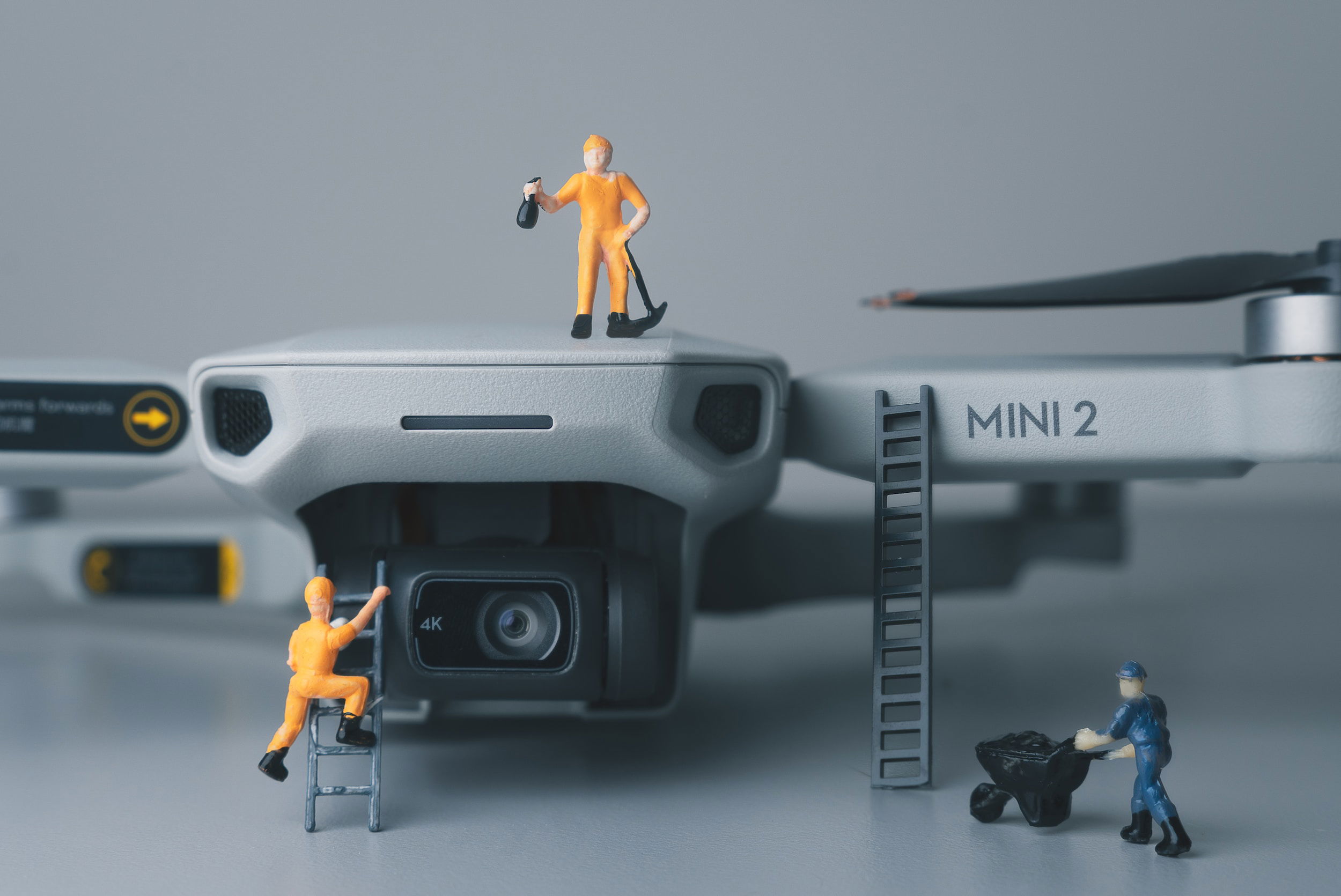Exploring the Possibilities of Miniaturized Drones and Their Impact on the Future of Drone Technology

By Michael Jumba
What is Miniaturization and How Does it Affect Drone Technology?
Miniaturization is the process of making something smaller in size and weight. It has been used extensively in the drone industry to create small drones that are lightweight, portable, and easy to use. This technology has enabled drones to become more efficient, cost-effective, and reliable. Miniaturization has also made it possible to use drones for a variety of applications such as surveillance, delivery services, search and rescue operations, and mapping.Miniaturization has had a significant impact on drone technology by enabling the development of small drones that are easier to maneuver and control. These smaller drones can be used for tasks that require precision or difficult maneuvers in tight spaces. Additionally, miniaturization has enabled manufacturers to produce more powerful yet lightweight motors which allow for longer flight times and better performance overall.
Miniaturized drones are becoming increasingly popular for commercial and industrial use cases. They provide a wide range of benefits, such as improved safety, lower cost, and higher efficiency. Miniaturized drones are smaller than traditional drones, making them more agile and capable of performing complex maneuvers in tight spaces. They can be used for surveillance, mapping, search-and-rescue operations, inspection of infrastructure and buildings, aerial photography and videography, precision agriculture applications and much more. Their small size also makes them ideal for use in hazardous environments where traditional drones may not be suitable. With the advancements in technology, miniaturized drones are becoming even more versatile and reliable tools for businesses to utilize.
The Benefits of Miniaturized Drones for Commercial & Industrial Use Cases
Miniaturized drones have several benefits for commercial and industrial use cases, including:
- Cost-effectiveness: Miniaturized drones are often less expensive than larger drones, making them a cost-effective solution for tasks such as inspection, monitoring, and surveying.
- Maneuverability: Their small size and weight make miniaturized drones highly maneuverable and able to access areas that are difficult or impossible for larger drones or human operators to reach.
- Versatility: Miniaturized drones can be equipped with a variety of sensors and cameras, allowing them to perform a wide range of tasks, including monitoring crops, inspecting infrastructure, and conducting search and rescue operations.
- Efficiency: Miniaturized drones can be deployed quickly and easily, reducing the time and labor required for tasks that would otherwise require human intervention.
- Safety: Miniaturized drones can perform tasks that are hazardous for human operators, such as inspecting tall structures or monitoring hazardous materials, reducing the risk of injury or exposure.
The Challenges & Limitations of Miniature Drones
Miniature drones have become increasingly popular in the past few years. They offer a range of advantages, such as being able to fly in tight spaces and providing a cost-effective way to capture aerial footage. However, there are also some limitations and challenges associated with using miniature drones. These include limited battery life, limited range, and restricted payloads. Furthermore, the small size of these drones can make them difficult to control in windy conditions or when operating in close proximity to other objects. In this article, we will explore the various challenges and limitations that come with using miniature drones.
How Miniature Drones are Changing the Way We Think About Drone Technology
Miniature drones are revolutionizing the industry landscape and changing the way we think about drone technology. These miniature drones are small, lightweight, and capable of carrying out a variety of tasks. They can be used to survey land, monitor construction sites, inspect bridges and pipelines, or even take aerial photographs. Additionally, they can be used for search and rescue operations and to deliver medical supplies in remote areas. With their small size and low cost, miniature drones are becoming increasingly popular in many industries as a cost-effective alternative to traditional drones.
What are the Best Examples of Miniature Drone Technologies in Use Today?
Miniature drones are becoming increasingly popular in today's world. They are being used for various applications such as surveillance, photography, search and rescue, and military operations. Miniature drones come with a variety of features that make them ideal for these purposes. This article will explore some of the best examples of miniature drone technologies in use today and how they can be used to benefit businesses and individuals alike.
The Future Of Miniaturized Drones
Miniaturized drones are becoming increasingly popular and have the potential to revolutionize the way we interact with our environment. With their small size, they can provide us with a unique perspective of the world and help us explore places that were previously inaccessible. They also open up a range of opportunities for applications such as surveillance, agriculture, and even delivery services. As technology advances, miniaturized drones will become more capable and efficient in performing their tasks. This will lead to increased adoption of these devices in various industries, allowing us to benefit from their capabilities in an ever-expanding range of use cases.


